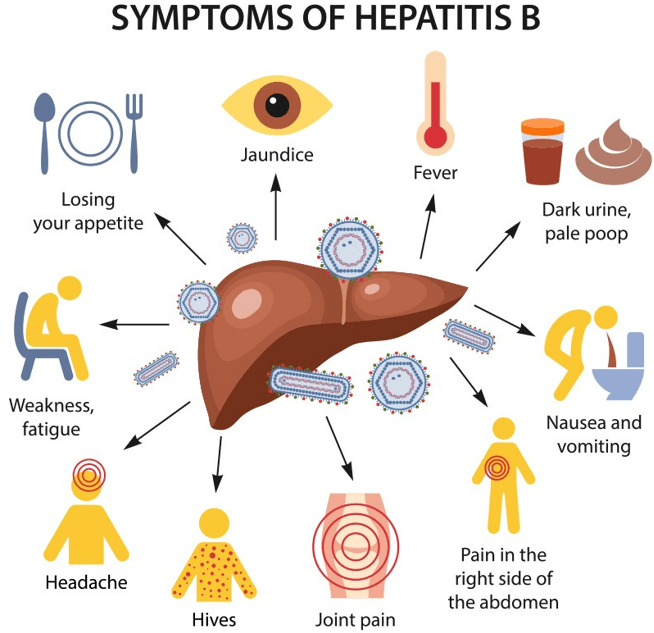A client who is at full-term gestation is in active labor and complains of a cramp in her leg.
Which intervention should the practical nurse (PN) implement?
Massage the calf and foot.
Extend the leg and flex the foot.
Check the pedal pulse in the affected leg.
Elevate the leg above the heart.
None
None
The Correct Answer is B
The correct answer is B. Extend the leg and flex the foot.
Choice A rationale:
Massaging the calf and foot is not recommended as it could potentially dislodge a blood clot if one is present, which can be dangerous.
Choice B rationale:
Extending the leg and flexing the foot helps to relieve the cramp by stretching the muscles involved. This is a safe and effective method to alleviate muscle cramps.
Choice C rationale:
Checking the pedal pulse in the affected leg is important for assessing circulation but does not directly address the immediate discomfort of the cramp.
Choice D rationale:
Elevating the leg above the heart is generally used to reduce swelling and improve circulation but is not specifically effective for relieving muscle cramps.
: 3
Nursing Test Bank
Naxlex Comprehensive Predictor Exams
Related Questions
Correct Answer is B
Explanation
This is the greatest health risk for this client because he is likely to inject cocaine and heroin intravenously and share needles with other drug users, which can transmit blood-borne infections such as hepatitis B or C. Hepatitis can cause liver inflammation, cirrhosis, or cancer and may be fatal if untreated.

Correct Answer is B
Explanation
The correct answer is Choice B. Report the finding to the charge nurse. Choice A rationale:
Checking for kinks in the drainage tubing is an important troubleshooting step if there is a sudden decrease or absence of urine output. However, in this case, the PN's concern is the presence of thick red fluid with clots in the urine drainage. This finding indicates potential bleeding, which requires immediate attention and reporting.
Choice B rationale:
Reporting the finding to the charge nurse is the correct action. The presence of thick red fluid with clots in the urine suggests significant bleeding after the transurethral resection of the prostate (TURP) surgery. It is crucial to inform the charge nurse or the healthcare provider promptly so that appropriate interventions can be initiated to address the bleeding.
Choice C rationale:
Stopping the irrigation solution immediately may not be within the PN's scope of practice unless explicitly instructed by the healthcare provider. Moreover, abruptly stopping the irrigation may lead to complications, and it is essential to involve the charge nurse or healthcare provider in making this decision.
Choice D rationale:
Observing the drainage again in one hour is not appropriate in this situation. The presence of thick red fluid with clots in the urine drainage is an urgent concern that requires immediate action, not a wait-and-see approach.
Whether you are a student looking to ace your exams or a practicing nurse seeking to enhance your expertise , our nursing education contents will empower you with the confidence and competence to make a difference in the lives of patients and become a respected leader in the healthcare field.
Visit Naxlex, invest in your future and unlock endless possibilities with our unparalleled nursing education contents today
Report Wrong Answer on the Current Question
Do you disagree with the answer? If yes, what is your expected answer? Explain.
Kindly be descriptive with the issue you are facing.
